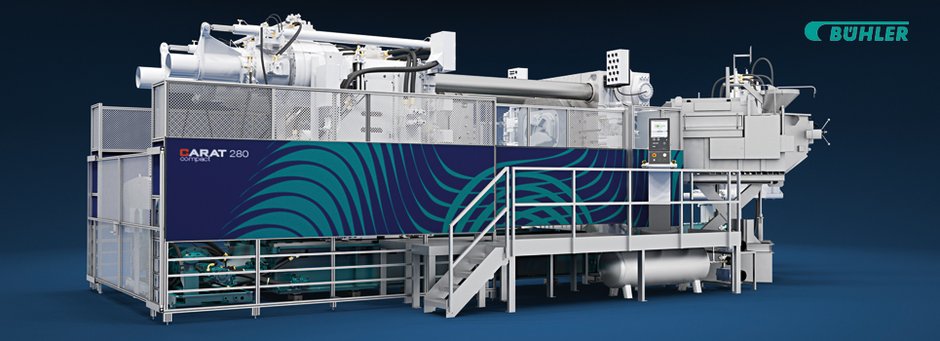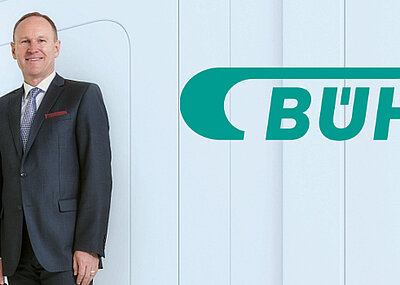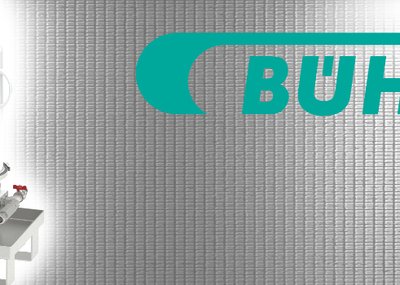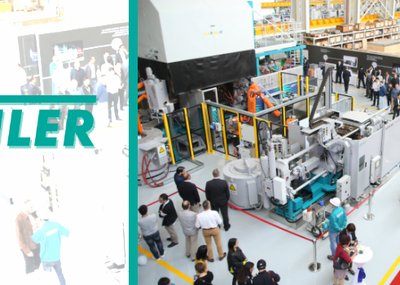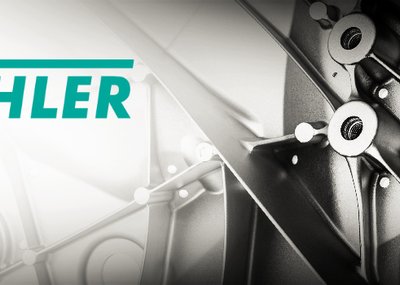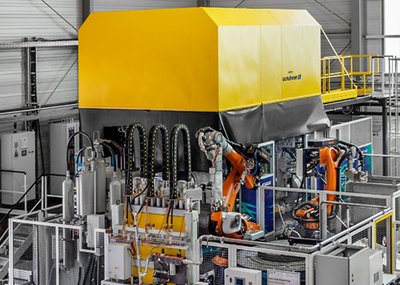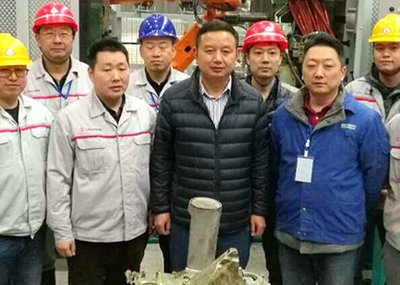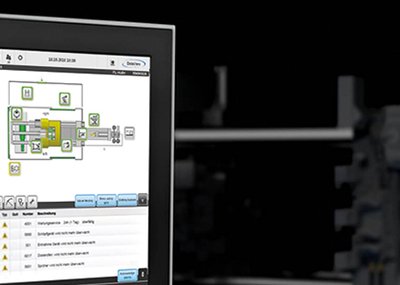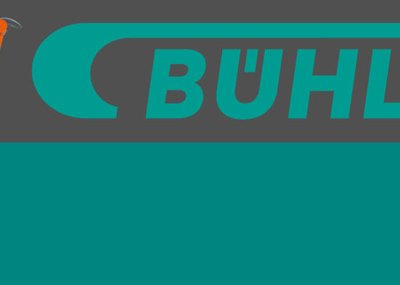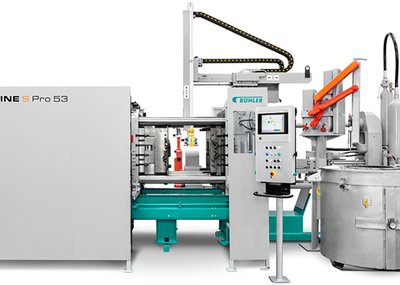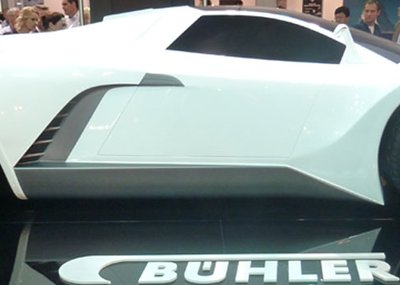The use of vacuum technology in die casting is nothing new. However, over the past few years, demand for crash-relevant structural components has increased substantially. Now, vacuum technology plays a significant role in reaching stringent part quality targets. There are various “add-on” vacuum systems available on the market. Typically, these systems are connected with digital inputs/outputs or Bus interfaces. Digital interfaces based on I/Os are inexpensive, but they limit the exchange of information significantly. Bus interfaces such as PROFIBUS or PROFINET are somewhat better in this regard. Still, they are substantially more complex to manage and require complicated coordination between the control systems of the die casting machine and the peripheral vacuum system. With these peripheral solutions, it is difficult to provide operators summarized and useful information in real time.
In order to ensure that current as well as future demands for process monitoring and process documentation are met, the limitations caused by the interface must be eliminated. The easiest and most efficient way to accomplish that is to integrate the control system and monitoring of the vacuum process into the die casting machine control system. Bühler’s SmartVac system significantly improves the operation of the machine and the flow of information to help users improve productivity. The benefits of an integrated solution are: Real-time process control/monitoring, ease of operation and optimization of the casting process.
Real-time Process Control and Centralized Data Storage
Bühler die casting machines store a wide range of process parameters for every machine cycle. By integrating the vacuum system into the machine controls, Bühler makes all of the vacuum parameters readily available. These measurements are automatically and accurately archived with the corresponding machine cycle and therefore, to the corresponding part. Now, all castings can be traced back to their corresponding process parameters, including the vacuum measurements. Furthermore, the progression of the vacuum pressure can be displayed directly on the casting diagram. The simultaneous display of the vacuum profile with the casting diagram simplifies the process setup and analysis. Vacuum settings are also stored with the die program. This reduces die change time and avoids data-entry errors once a process is established.
Optimum Operator Support
By integrating the vacuum system into the die casting machine, the work of the operator is made much simpler. This means that the operator no longer has to manage two
different systems with different application philosophies, different control systems and different user interfaces, so their appearance and performance remain the same. The entire vacuum process can be centrally set up, controlled and monitored. Fully-automatic monitoring functions maximize the up-time of the cell. The condition of each filter is monitored, allowing for immediate and targeted action. Now the operator can change the filters proactively avoiding unplanned downtime and poor quality parts.
Optimization of the Entire Casting Process
The integration of the vacuum system into the die casting machine makes it easier to optimize the process. Modern die casting applications often require multiple vacuum evacuation points (die valves). Sequencing multiple die valves makes it even harder to setup, control and monitor the processes reliably. Fortunately, the Bühler SmartVac solution accommodates up to four (4) die evacuation points, plus separate evacuation provisions for the ejector plate and the shot sleeve. Beyond the quantity of evacuation points, users also have to accommodate different types of valves that have their own unique performance characteristics. For instance, self-closing valves only require a start vacuum signal, where a hydraulically actuated valve must be opened and closed within the injection cycle. SmartVac makes it easy to setup, control and monitor these common valves. The setup is overlaid on the injection profile so an operator can visualize the vacuum trigger point relative to the injection piston motion. Further tuning is accomplished with advanced algorithms that measure the shift speed of each valve and automatically adjust the control to improve precision and accuracy.
Three critical parameters are measured each cycle to ensure the process is stable; 1. vacuum level, 2. draw down rate, and 3. filter cleanliness. Finally, the graphic profile display makes it easy to setup trigger points, but one other feature simplifies the machine setup even more. Once the vacuum start position is selected, the user chooses one of three algorithms that will optimize the first phase profile. Customers have used these algorithms offline for years, but now Bühler has built it into the machine controller. An optimized first phase minimizes turbulence in the shot sleeve to avoid air entrapment. It also minimizes the heat loss in the shot sleeve. Bringing these functions together in the die casting machine control system leverages the best technology to help die casters optimize their vacuum application.
The Bühler SmartVac system combines state-of-the-art technology and years of experience to optimize the die casting process. This includes a stable and reliable vacuum process as well as simplified setup and monitoring.
Some of the benefits include:
- Merging the die casting machine with the vacuum system – single screen visualization simplifies the handling of the vacuum application.
- Fast and accurate notification of process deviations – allows for quick intervention to ensure the highest level of productivity.
- Monitoring the condition of the vacuum system and the filter – allows for focused proactive maintenance.
- Setup and monitoring settings for the vacuum system are stored in the machine’s die program – this streamlines production changes and minimizes errors.
- Simple programming of the vacuum system – reduces setup time despite the substantial expansion of features.
- Optimized filling phase at the touch of a button – remarkable part quality improvement and shorter cycle times.
- Flexible operation of broad range of vacuum valves –This includes metal front actuated, hydraulically actuated, electrically actuated and thermally closed valves.
- Traceability – simple correlation of the real world vacuum measurement to the corresponding production part.
With the flexible and completely integrated Bühler vacuum system all common types of vacuum valves can be operated and monitored directly from the die casting machine. By providing the opportunity to optimize, monitor and document the process, Bühler’s SmartVac system is setting a new benchmark in vacuum applications on cold chamber die casting machines.

